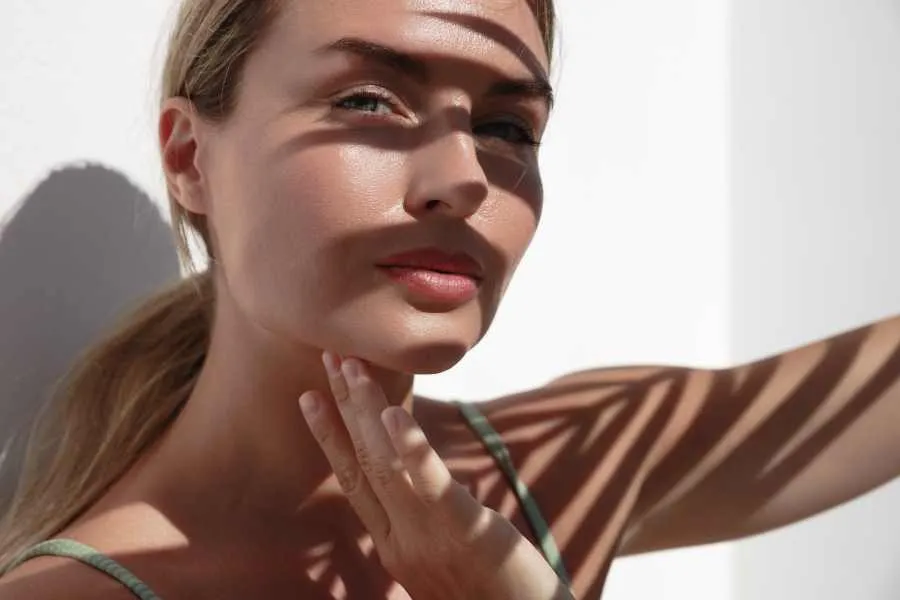Kao executive outlines tech-powered strategy to scale global cosmetics
Key takeaways
- Kao is dividing its six focus cosmetics brands (Sensai, Molton Brown, Kanebo, Sofina, Curél, Kate) into Japan-, Europe-, and Asia-origin models.
- The brands span luxury to premium mass segments, each targeting tailored expansion across global markets.
- The company is leveraging AI and digital tools to enhance sales, empower staff, and optimize supply chains.
Kao Corporation has announced a new growth strategy for its cosmetics business. It divides six brands forecasted for global growth into three expansion models with origins in Japan, Europe, and Asia.
The company plans to implement technologies across categories and brands, spanning dermatology, bioscience, chemicals, and production processes. Kao says it will achieve effective investment with technology-driven differentiation.
“The six focus brands are the engine of Kao Cosmetics Business’s global growth. Each one has a specialized strength — whether in category expertise, price positioning, or regional affinity — that allows it to sharpen its presence in the right market segments,” Tomoko Uchiyama, executive officer and president of global consumer care at the Cosmetics Business at Kao, tells Personal Care Insights.
“By expanding in the right areas through carefully chosen channels, these brands are designed to firmly secure top positions in their respective fields. Meanwhile, another group of brands deeply rooted in Japan and Asia builds loyal consumers and generates efficient profits.”
Uchiyama says these approaches bolster global expansion and regional strength, driving Kao’s long-term growth.
Brands in focus
The six focus brands — Sensei, Molton Brown, Kanebo, Sofina, Curél, and Kate — cover various price zones, from luxury to premium mass. They offer products in categories such as skin care, base makeup, color cosmetics, body care, and fragrance.
Uchiyama explains that Sensai is a luxury brand offering a full range of products, including base makeup, color cosmetics, and body, skin, hand, and lip care.
 The brands offer products in categories such as skin care, base makeup, color cosmetics, body care, and fragrance.Molton Brown is a luxury brand that makes “distinctive” fragrances, bath and body care, hand care, hair care, and home products. Kanebo is a prestige brand offering skin care, makeup, and body care products. Sofina is a premium brand selling skin care and base makeup products.
The brands offer products in categories such as skin care, base makeup, color cosmetics, body care, and fragrance.Molton Brown is a luxury brand that makes “distinctive” fragrances, bath and body care, hand care, hair care, and home products. Kanebo is a prestige brand offering skin care, makeup, and body care products. Sofina is a premium brand selling skin care and base makeup products.
Uchiyama tells us that Curél is Japan’s number one brand for sensitive skin, positioned in the premium mass skin care segment.
“[The brand has] developed from over 40 years of ceramide research. Its products include skin care, body care, hair care, lip cream, laundry detergents, and fabric softeners.”
She says that the last brand, Kate, is Japan’s number one makeup brand in the premium mass-price zone, offering color and base makeup products.
“Our overseas expansion models — Japan-origin, Europe-origin, and Asia-origin — are tailored to global market characteristics, and our six focus brands each play a distinct role within this framework.”
Uchiyama further shares how the brands tap into the geographical models and details how Curél is leveraging its Japanese strengths while beginning European development.
Additionally, Sensai is scaling the value it has cultivated in Europe to Asia. Molton Brown is implementing its online-merge-offline strategy, connecting the journey from experience, purchase, and engagement.
Sofina is broadening its Asian consumer base by relaunching as “grounded in skin science.”
“To measure progress, we have set KPIs from 2024 to 2027, managing by model across overseas sales ratio, Asian sales growth multiples, and country-specific expansion indicators. By combining expansion models, brands, and KPIs, we aim to establish reproducible growth patterns and transfer this know-how across brands, accelerating our overall global growth,” says Uchiyama.
Enhancing sales with tech
Kao says it plans to incorporate digital capabilities and AI to maximize sales potential and enhance efficacy across supply chains.
“The most distinctive feature of our AI-driven, data-based management is that Kao has both broad data inputs from across the company and multiple in-house applications for output,” says Uchiyama.
 Kao says it plans to incorporate digital capabilities and AI to maximize sales potential and enhance efficacy across supply chains.“In addition to widely available market data, we integrate data from our own research, sales, production, counseling counters, and logistics systems. This allows us to apply insights to marketing, production management, and other business operations.”
Kao says it plans to incorporate digital capabilities and AI to maximize sales potential and enhance efficacy across supply chains.“In addition to widely available market data, we integrate data from our own research, sales, production, counseling counters, and logistics systems. This allows us to apply insights to marketing, production management, and other business operations.”
She emphasizes the “heavy burden” of mastering a vast amount of brand knowledge on salespersons.
“By harnessing digital technology, we can ease that burden and empower sales staff with the right information to serve consumers confidently. We have built a system that consolidates extensive data, enhances it with AI technologies, and provides precise information on demand.”
Meanwhile, Kao says it can manage critical assets such as demand forecasts and inventory by accumulating data on raw materials, production, and sales. “This enables us to achieve more accurate, data-driven management and to enhance the efficiency of our supply chain further,” says Uchiyama.
She says that the width of Kao’s technological assets sets it apart.
“Beyond dermatological and bioscience expertise, we also integrate chemical material design and advanced production processes. This cross-disciplinary strength allows us to deliver highly differentiated products and create unique consumer experiences that only a diversified chemical company can provide. In this way, technology does not just support growth — it powers it.”














